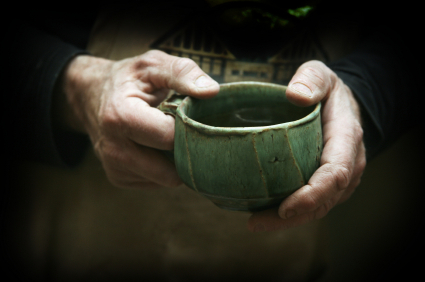
I’m a big fan of high-fat foods; fat tastes good, after all! And research has shown that some types of fats, like Omega-3s, can calm us and even have antidepressant effects. But other studies show that trans-fats, or partially hydrogenated oils, may make us feel aggressive, and that they can trigger inflammatory reactions that are linked to depression, heart disease and cancer. (I tried to talk about this a little bit at the end of my most recent appearance on Dr. Oz — [watch here] to see the blooper that they aired!)
Trans-fats are typically found in processed foods–particularly fried foods and packaged baked goods. Since aggression, depression, heart disease and cancer are not happiness habits, clearly what we eat affects our happiness.
Take Action: This week, make an effort to eat something high in a fat that is likely to make you feel good, such as something high in the omega-3 fatty acid DHA. DHA is found in oily fish, like trout and salmon. (If you are vegetarian, algae is the only DHA-rich vegetable source that I’m aware of.) Let that yummy smoked trout salad replace your side of french fries, chips, or (sigh) those cookies that came in a package.
Join the Discussion: Do you think trans-fat foods make you aggressive or depressed? Share your thoughts in the comments.
P.S. Need help weaning yourself from a fatty habit? Join Our Resolutions Group — Free! Over the years I’ve learned a lot of tricks for successfully keeping New Year’s resolutions. And in the last three years, the science around willpower and habits has made great advancements, which helps a lot. To share all I’ve learned, I’ve relaunched my free online course about making and keeping great New Year’s resolutions. Sign up now; it’s free for a limited time only.
Photo courtesy of mamaloco

 This year, skip the New Year’s diet and do something fun.
This year, skip the New Year’s diet and do something fun.



 The inner strengths we need for the long road of life are mainly built from positive experiences. But because of the negativity bias, positive experiences often flow through our brains like water through a sieve, with no lasting value.
The inner strengths we need for the long road of life are mainly built from positive experiences. But because of the negativity bias, positive experiences often flow through our brains like water through a sieve, with no lasting value.